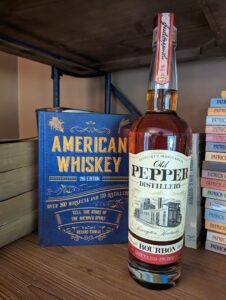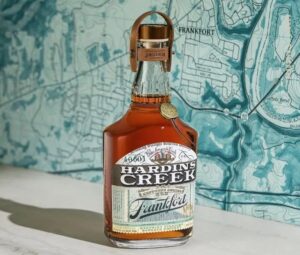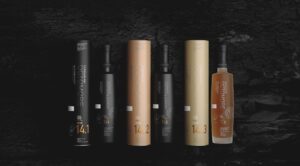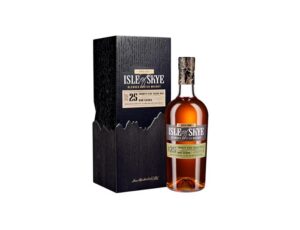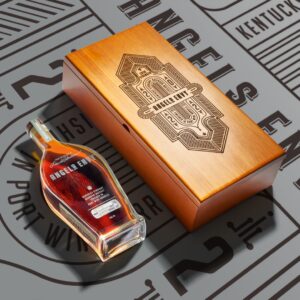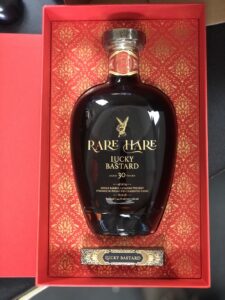By Richard Thomas
Rating: B+
Many companies began in the whiskey business the way James E. Pepper did, building their brand using sourced whiskey. After establishing that brand and proving its viability, they then set out down the road of financing and building a distillery. In some cases, this begins a transition from reliance on sourcing to basing whiskeys on in-house production, but Pepper is an example of a different model.
Instead of moving over to in-house production, Pepper mixes continued sourcing with in-house products. The James E. Pepper 1776 Rye, for example is still sourced from MGP (also known as Ross & Squibb these days) in Indiana. Incidentally, it is one of the best examples of an MGP-sourced rye on the market. These legacy products sit side-by-side in their line-up with new whiskeys, such as this Old Pepper Bottled in Bond Bourbon.
Pepper makes a handful of different mash bills for bourbons at their distillery in Lexington, Kentucky. Three are either very high rye or very high barley formulations (51% corn, if that gives you any idea how much of the other grain is in there), and one that is more akin to the Tennessee Whiskey style (i.e. 80% corn). These are blended to create this bottled in bond. There is no age statement, which I take to mean that it is the minimum required four years old, because if it were more the makers would want to call attention to it. As with all bonded whiskeys, it is 100 proof.
The Bourbon
The color is polished bronze/light amber. My nosing game me a strong current of candy corn and vanilla, underscored by lemon zest and a little oak. That candy corn, vanilla and lemon zest current continues on the palate, joined by dashes of nutmeg and cinnamon. As pleasant as that is, it is the finish that really separates this bourbon from the pack: the entire palate profile carries over into it, winding down until there is a trace of lemon zest and a new, nutty dusting at the very end.
I wish I had reviewed this sooner. At its price point, it is well worth acquiring and should appear on any bourbon hunters shopping list for the latter half of 2023. I am disappointed that I didn’t discover this (and therefore couldn’t share it with anyone) until half that timeframe was already spent. Still, better late than never.
The Price
You should be able to get this one for $50.

